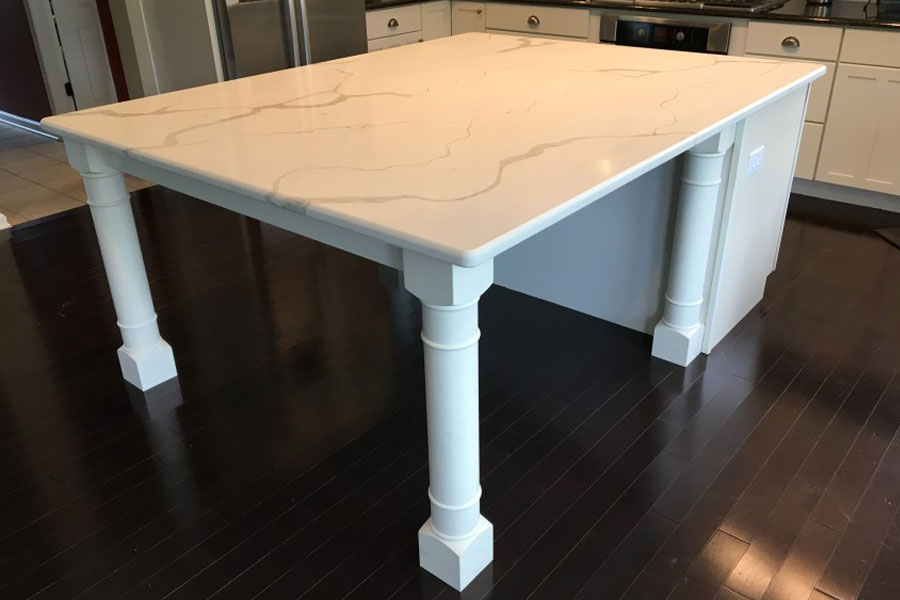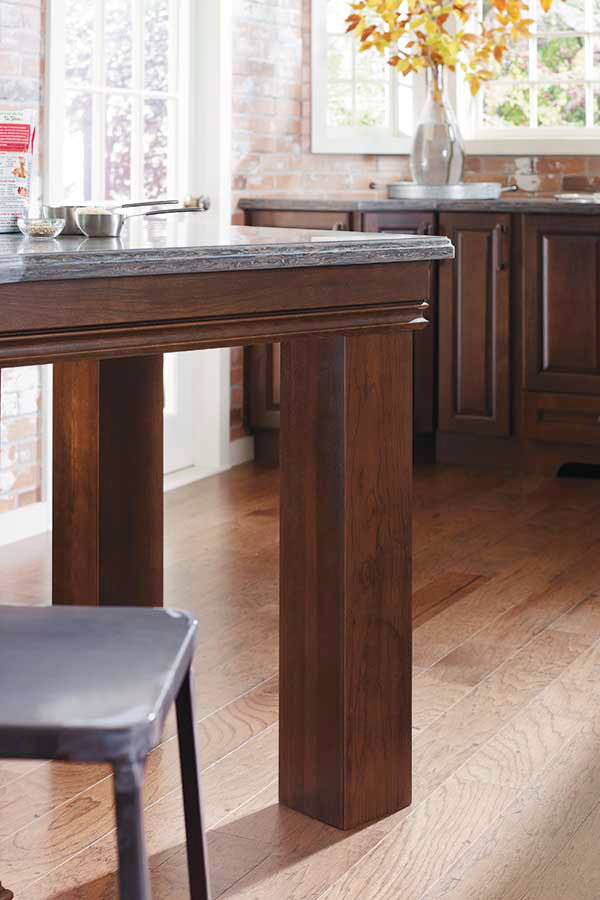High-grade Kitchen Island Legs for a Sturdy Island Base
High-grade Kitchen Island Legs for a Sturdy Island Base
Blog Article
Crucial Tips for Picking the Perfect Table for Your Kitchen
Selecting the excellent table for your kitchen area is even more than just an issue of taste; it necessitates a thorough understanding of your area and demands. Begin by gauging your offered area to make certain ample clearance for activity. The shape of the table plays a crucial role; while rectangle-shaped tables suit larger areas, rounded ones foster intimacy, and extendable alternatives supply versatility. Material selection is just as important, with woods offering toughness and glass loaning a modern touch. The table should integrate with your kitchen area's aesthetic appeals and accommodate your family comfortably. What other elements might affect this crucial decision?
Procedure Your Space
Choosing the suitable dining table begins with a careful evaluation of your available area. This foundational step makes sure that the table not just fits easily within the area yet additionally enhances the general design and functionality of your dining area.
It is vital to leave sufficient room for chairs to be pulled out and for people to move around the table without obstruction. A general regulation of thumb is to allow at least 36 inches of clearance from the edge of the table to the local wall surface or item of furnishings.
Additionally, believe concerning the variety of individuals you usually delight and whether you need added space for guests. Selecting an extendable table can give flexibility, enabling you to fit varying varieties of diners. By precisely determining your area, you prepared for choosing a table that boosts both the looks and performance of your dining location.
Pick the Right Shape

On the other hand, round tables are exceptional for smaller sized kitchen areas or intimate gatherings, as they promote conversation by enabling everyone to face each various other. They additionally supply a feeling of comfort and can fit well in tighter areas because of their lack of sharp edges. Oval tables offer the very best of both globes, integrating the length of rectangle-shaped tables with the affection of round ones, making them functional for numerous settings.
Square tables are one more option, specifically suited for square-shaped spaces. They produce a symmetrical and contemporary look, cultivating an equivalent dining experience for all seated. Nevertheless, they might be much less functional for larger events unless they include extensions. Inevitably, the shape you select must align with your area measurements and way of living to ensure both form and feature.
Material Considerations
When choosing a dining table, product considerations are critical in identifying view it the table's durability, maintenance needs, and general aesthetic. Timber is a traditional option, offering timeless appeal and toughness.
Glass-topped tables offer a modern, smooth look and can make a room appear larger because of their transparency. They call for constant cleansing to avoid spots and finger prints. Furthermore, solidified glass is suggested for its extra stamina and safety.

Finally, composite materials like MDF (Medium-Density Fiberboard) or plywood are budget-friendly alternatives. These products can resemble the appearance of solid timber however might not supply the very same longevity. They are usually much easier to tidy yet can be susceptible to water damages otherwise appropriately sealed.
Eventually, the option of product need to straighten with your kitchen area's design, your way of life needs, and your spending plan restraints. (kitchen island legs)
Seats Capacity and Comfort
Just how do you identify the best seats ability and convenience for your dining table? For a household of four, a rectangle-shaped table of 48 inches long or a round table with a 48-inch size is usually sufficient.
The elevation of the table should preferably be around 30 inches, offering a balanced ergonomic stance for seated diners. Chairs should have a seat height of 18 to 20 inches to make sure a comfy dining position.
Design and Appearance
Picking a dining table that suits your design and aesthetics involves balancing personal preference with the existing style of your eating space. The table is typically the focal point of the cooking area, and its layout needs to complement the total style of the area. Whether your kitchen flaunts a modern-day, minimalist look or a rustic, farmhouse appeal, the table you pick need to harmonize with these aspects to create a natural and inviting environment.
Consider materials very carefully; wood supplies an ageless charm and can range from rich mahogany for a typical aim to lighter oak for a contemporary feeling. Metal and glass tables, on the other hand, can introduce a sleek, commercial edge to your cooking area. Do not overlook the table's shape-- rectangular tables are functional and traditional, while round and oblong alternatives can cultivate a much more intimate eating experience.
Furthermore, pay close interest to finishes and details. A distressed coating might include character and heat, whereas a shiny surface area can add to a clean, modern aesthetic. Ultimately, additional reading your table must not only in shape flawlessly right into your kitchen's design yet likewise mirror your personal design, elevating the area both functionally and aesthetically.
Verdict
To conclude, picking the excellent dining table for a cooking area demands mindful examination of area, form, product, seating capacity, and aesthetic consistency. Making sure a minimal clearance of 36 inches helps with comfortable motion, while the option of their website shape boosts spatial dynamics. Material choice effects longevity and design, making it critical to align with the kitchen's general visual. Eventually, an appropriate table cultivates a welcoming atmosphere and accommodates the home easily, thus enhancing the dining experience.

When picking a dining table, material considerations are vital in identifying the table's resilience, maintenance requirements, and total aesthetic. For a household of 4, a rectangular table of 48 inches long or a round table with a 48-inch diameter is typically sufficient.
Don't neglect the table's shape-- rectangle-shaped tables are traditional and flexible, while round and oblong options can foster a more intimate eating experience. kitchen island legs.
Report this page